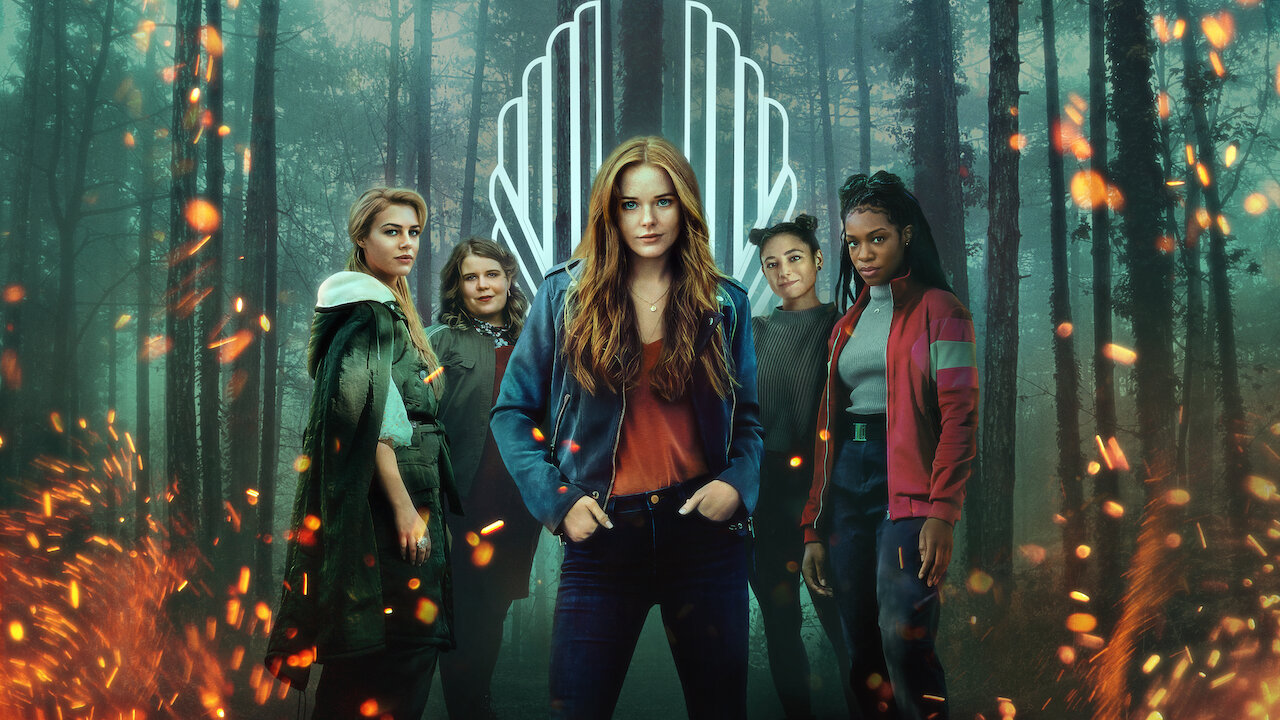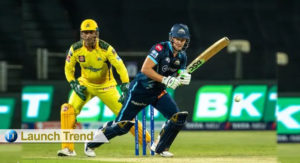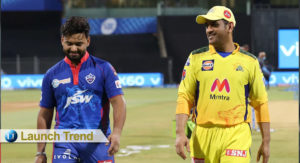Fate: The Winx Saga is a teen drama series inspired by the Nickelodeon animated series Winx Club, which was created by Iginio Straffi. It is produced by Archery Pictures in association with Rainbow, a studio co-owned by Iginio Straffi and ViacomCBS. Fate was developed by Brian Young, who also acts as the showrunner and executive producer. The first season premiered on Netflix on 22 January 2021.
The new Netflix series follows Bloom (Abigail Cowen), a bright-eyed, redheaded American fairy with a mysterious past who enrolls at Alfea, a legendary fairy school in an undisclosed magical location (though everyone else’s British accents provide a hint). She’s beautiful and spunky, a combination that immediately catches the attention of Sky (Danny Griffin), who’s both the most popular boy in school and the recent ex-boyfriend of her jealous suitemate, Stella (Hannah van der Westhuysen). Unlike her peers, Bloom only recently found out about her powers when she lost control and set her family’s house ablaze. Still, her teachers quietly agree that she has incredible potential like no one else at the school, a fact borne out once Bloom embraces her powers instead of running away from them. Once she understands her family history and how to use her singular strengths, it’s implied that Bloom will be the most extraordinary fairy the school has ever seen.
In theory, “Fate: The Winx Saga” — from “The Vampire Diaries” producer Brian Young — is an adaptation of Iginio Straffi’s Italian cartoon “Winx Club,” which ended up on Nickelodeon. The Netflix version, however, has far more aesthetically in common with a CW drama than its source material, which looks like what might happen if a psychedelic Lisa Frank cartoon came to giggling life. More than anything, though, watching “Fate: The Winx Saga” feels like watching a tortured Mary Sue fan fiction come to life.
For those of you who didn’t spend your early teens scouring corners of the internet for fanfic, a “Mary Sue” refers to a seemingly perfect character who somehow has connections to everyone and inevitably is the key to everything. This trope isn’t limited to fanfic; many heroic characters probably qualify, after all. But the “Mary Sue” is infamous in fan fiction for being shoehorned into an existing narrative, probably as an extension of the writer, to make everything revolve around them no matter what. Bloom — with her unusual appearance, origin story and abilities — is such a spot-on encapsulation of what the most annoying Mary Sue can be that it almost circles back to being impressive.
Bloom’s character isn’t the only aspect of the series that feels like a mashup of clichés, though. There’s also golden boy Sky, damaged princess Stella, and aspiring bad boy Riv (Freddie Thorp). There’s Bloom’s roommate Aisha (Precious Mustapha), the only Black girl with any lines on the show, but who mostly spends her time worrying about Bloom. The only characters who come close to breaking out of typical molds are Musa (Elisha Applebaum) and Terra (Eliot Salt), an empath and an earth fairy, respectively, who both get slightly more nuanced storylines outside everyone else’s fairy melodrama. (It’s worth noting, however, that both Musa and Terra appear to be whitewashed versions of the Nickelodeon characters that inspired them, which is disappointing, to say the least.)
Only 1 day to go until #FateTheWinxSaga arrives on our screens 🧚♂️✨🧚🏻♀️
— Wild Atlantic Pictures (@WAPictures) January 21, 2021
See below for the launch times for different time zones 👇 @NetflixUK #FateNetflix #WinxNetflix pic.twitter.com/Py4z5m6IBH
Otherwise, the characters, setting and plots all feel like the show took “Harry Potter,” put it through a “Pretty Little Liars” filter and multiplied it all by “The Hunger Games.” And on that score, to be fair, “Fate: The Winx Saga” has some modicum of self-awareness. When Bloom first meets Aisha, for example, the two immediately ask each other which Hogwarts house they identify with the most and size each other up accordingly. (Aisha is a well-meaning if slightly judgmental Gryffindor; Bloom, naturally, is a self-identified Slytherin.) That the series knows from whence it came can make even its silliest moments tolerable, though not particularly interesting.
Since it’s following such a well-established set of tropes, “Fate: The Winx Saga” is rarely surprising — but it is strange, in a way that’s also becoming too familiar. While adapted from an animated show about friends that was largely targeted at pre-teens, it takes a page out of the “Riverdale” book by giving everything an ominous sheen of sexy intrigue. These fairy teens don’t just steal way to the woods to flaunt their powers, but also play beer pong, curse each other out and joke about “butt stuff.” So, it’s not exactly appropriate for the child audience the original cartoon was, but it also leans so hard on the most basic aspects of the YA franchises that preceded it that “Fate: The Winx Saga” might not be all that intriguing to the older teen audience it’s looking for, either.
Netflix has long been the wild west of streaming networks, filled to the brim with more shows than anyone can reasonably keep up with. There’s no doubt that even if “Fate: The Winx Saga” doesn’t light the service on fire with millions of viewers that it’ll eventually find an audience bored enough to devour its six episodes whole. But by rejecting the aesthetic and vibe of its source material entirely for a pale imitation of other YA properties, “Fate: The Winx Saga” might just end up slipping through the cracks.







More Stories
Brent Renaud: Award-Winning US Filmmaker Killed In Ukraine
Bob Wall: ‘Enter The Dragon’ Actor Died At 82
FIFA 2022 Tickets: Here Is Everything You Need To Know